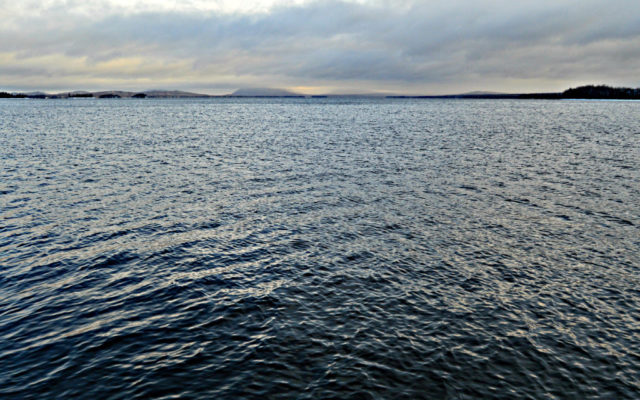
Moosehead Lake Region fishing report
By Tim Obrey, Moosehead Lake Region regional fisheries supervisor
From time to time, we report information about how many fish are harvested or how many fish we would like to see harvested and occasionally we are asked how exactly we come up with those numbers. It’s a great question. It involves a fair amount of work, but it is one of the most important indices we use, especially on Moosehead Lake.
I liken harvest information to a store owner keeping track of inventory. It is essential to manage your business. You need to know what you have on your shelves and how much of it goes out the door. With species like deer and moose, we require hunters to check their harvest. That’s relatively easy to do if you’re harvesting one or two critters and have a check station in nearly every town. Fish are a different situation. They don’t have UPC labels and it’s up to the fisheries biologists to check your fish.
We need two pieces of information to estimate harvest: The number of anglers (and hours) that fished on a lake in a given season and the rate at which anglers harvested fish.
To estimate angler use, we usually contract with the Maine Warden Service to fly a plane over a selected number of lakes several times a week to count the number of parties fishing. We can also count anglers by snowmobile on smaller waters. We know that at any given hour of the day there are only a percentage of anglers out fishing. For example, if our angler surveys show that 80 percent of all parties are fishing at 10 a.m., then we can expand that aerial angler count by 20 percent to estimate total parties for the day. The number of parties is then expanded by the average number of anglers per party to determine total anglers for the day. That number is expanded again by the number of hours each angler fishes to estimate total hours of fishing.
The second part of the harvest equation is the rate of harvest. When we are interviewing anglers either on the ice or at access sites, we ask them how long they fished and what they caught. From this information we can calculate the average number of fish harvested per hour. So now we can combine the number of fish harvested per hour and the total estimated number of hours anglers fished to generate an estimate of fish harvested.
We see changes in catch rates over the length of the season, so we usually generate these estimates for each month then combine them for the season. For example, brook trout fishing is best in January and fades by March, so it would be less accurate to use the January catch data for March anglers.
It is a fairly expensive proposition to generate a use and harvest estimate on our larger bodies of water. It costs several thousand dollars for the aerial angler counts each season for this region. We also must have an adequate sample size from our angler interviews. On Moosehead Lake, it takes at least three staff to cover the lake during the winter months. We have just three permanent staff and can sometimes hire a temp staff member, but that doesn’t leave much wiggle room to work on other lakes in this region with just over a quarter million acres of standing water.